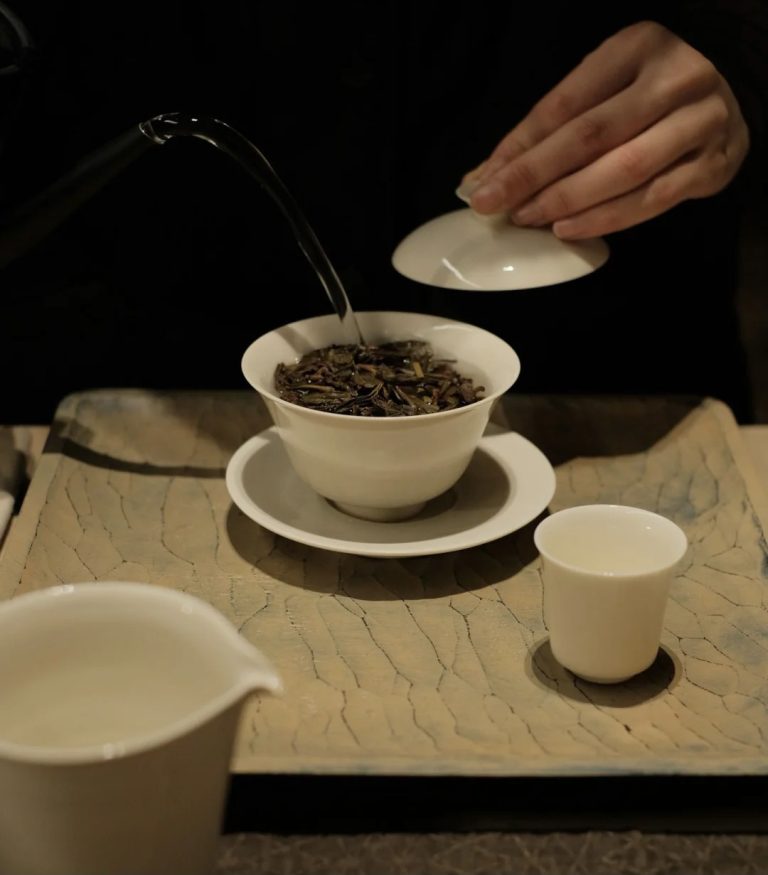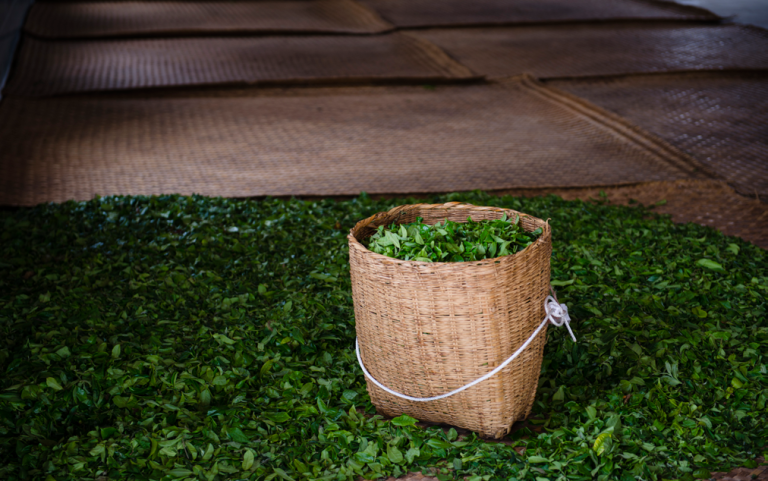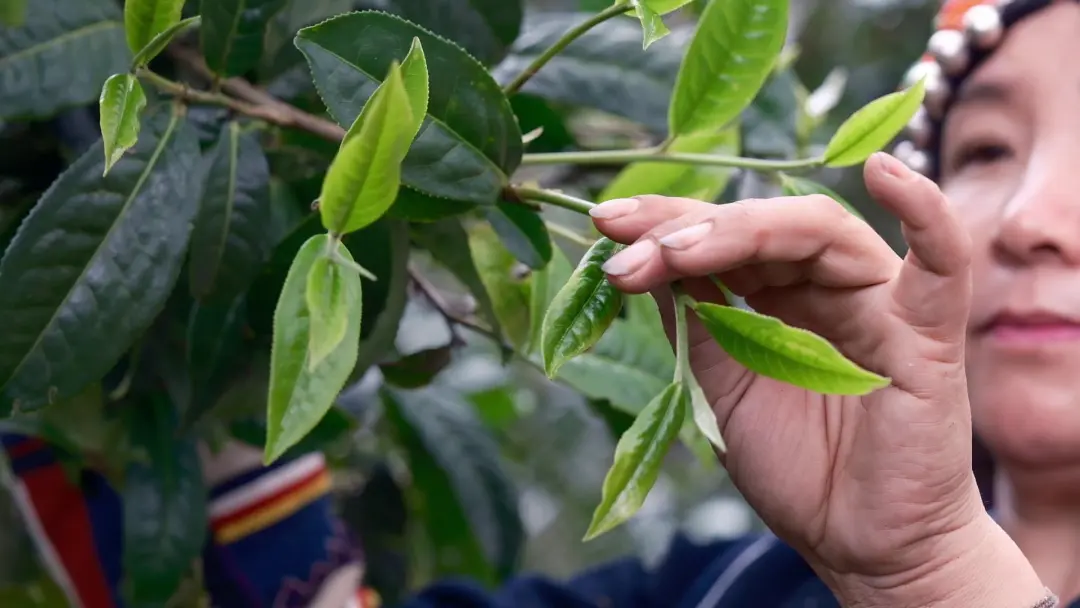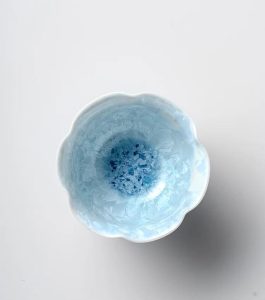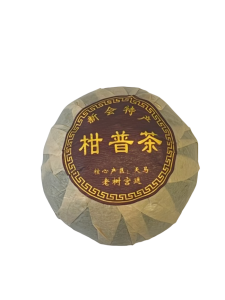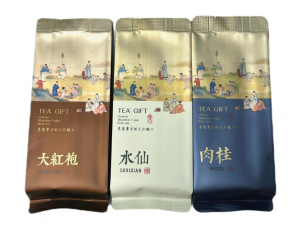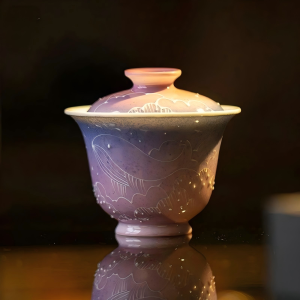
Oolong tea, a semi-fermented Chinese specialty, is renowned for its rich variety and complex flavors. This article aims to demystify the world of oolong teas by categorizing them based on their origin, shape, and fermentation level, providing tea enthusiasts with a comprehensive guide to explore and enjoy.
The Essence of Oolong Tea
Oolong tea stands out as a unique blend that bridges the gap between green and black teas. It is celebrated for its intricate taste profiles and numerous health benefits. The classification of oolong teas may seem intricate at first, but a deeper understanding can significantly enhance your appreciation and enjoyment of this delightful beverage.
Oolong Tea Varieties by Geographical Origin
Geographical origin plays a pivotal role in defining the distinct flavors of oolong teas.
Minnan Oolong Tea
- The most illustrious example is Anxi Tieguanyin, celebrated for its rich and creamy taste.
- Other notable varieties include Yongchun Buddha’s Hand, Huangjin Gui, and Minnan Shuixian.
Minbei Oolong Tea
- Wuyi Yancha(Rock tea) is the epitome of this category, famed for its mineral-rich taste.
- Notable teas include Da Hong Pao, Wuyi Shuixian, Wuyi Rougui, and the esteemed Wuyi Famous Bushes like Iron Arhat, White Rooster Comb, and Golden Turtle.
Guangdong Oolong Tea
- The esteemed Fenghuang Dancong leads the pack, known for its complex and enduring flavor.
- Other varieties such as Fenghuang Shuixian, Lingtou Dancong, and Shi Gu Ping Oolong also hold their own.
Taiwan Oolong Tea
- Wenshan Baozhong takes the spotlight, recognized for its light and refreshing taste.
- The region also prides itself on Dongding Oolong, Baihao Oolong (Oriental Beauty), and High Mountain teas like Alishan and Shanlinxi.
Oolong Tea Varieties by Leaf Shape
The shape of oolong tea leaves not only affects the brewing process but also contributes to the final flavor profile.
Spike-shaped Oolong Tea
- Wuyi Yancha and Fenghuang Dancong are prime examples, featuring twisted and elongated leaves that contribute to their unique flavors.
Pellet-shaped Oolong Tea
- Tieguanyin and Dongding Oolong are rolled into small, tight pellets, a characteristic that influences their brewing and taste.
Bund-shaped Oolong Tea
- Bajiao Ting Longxu tea is an example of this shape, twisted into a thin, rope-like form that adds to its distinctiveness.
Clump-shaped Oolong Tea
- Zhangping Shuixian is a prime example, forming small, compact clumps that impact its brewing and taste.
Oolong Tea Varieties by Fermentation Level

The fermentation level of oolong tea is a key factor in determining its color, aroma, and taste, with a spectrum ranging from light to heavy.
Light Fermentation Oolong Tea
- These teas, fermented between 10% to 25%, offer a light and floral taste, such as Wenshan Baozhong and light-aroma Tieguanyin.
Medium Fermentation Oolong Tea
- With a fermentation level of 25% to 50%, these teas provide a balanced flavor profile, including traditional Tieguanyin, Wuyi Yancha, Minbei Shuixian, and Guangdong Fenghuang Dancong.
Heavy Fermentation Oolong Tea
- Fermented between 50% to 70%, these teas are rich and robust, with Baihao Oolong (Oriental Beauty) being a standout example.
Experience the Oolong Tea
Oolong tea presents a diverse array of flavors and aromas, from delicate and floral to bold and robust. By delving into the different types based on origin, shape, and fermentation level, you can elevate your tea-drinking experience and find the perfect oolong tea to suit your taste preferences. Whether you’re a seasoned tea connoisseur or just beginning your journey into the world of oolong, there’s a vast array of flavors waiting to be discovered.

